- Have any questions?
- +86-189 8930 5995
- sales@mosinterchem.com.cn
Citric Acid Anhydrous CAS 77-92-9

Trisodium Citrate CAS 68-04-2
17/12/2018
Sorbic Acid FCC IV CAS 110-44-1
17/12/2018| Model: | MOS77-92-9 |
| CAS No.: | 77-92-9 |
| Purity: | 99.95% |
| Brand: | MOSINTER |
| Melting Point: | 153-159 °C(lit.) |
| Refractive index: | 1.493~1.509 |
| Density: | 1.542 |
| Storage condition: | Store at RT. |
| Flashing point: | 100 °C |
| Solubility: | H2O: 1 M at 20 °C, clear, colorless |
| Form: | grit |
| Soluble: | 750 g/L (20 ºC) |
| Sensibility: | Hygroscopic |
Citric Acid Anhydrous (CAS: 77-92-9)
| Item | Index |
| Appearance | White Crystalline Powder,
Colorless Crystals or Granules |
| Assay % | 99.95 |
| Sulphate ppm≤ | 5 |
| Oxalate ppm≤ | 5 |
| Chloride ppm≤ | 5 |
| Heavy Metal (as Pb) ppm≤ | 1 |
| Calcium ppm≤ | 10 |
| Iron ppm≤ | 1 |
| Sulphated Ash % | 0.02 |
| Moisture % | 0.1041 |
| Lead ppm≤ | 0.1 |
| As ppm≤ | 0.1 |
| Mercury ppm≤ | 0.1 |
| Aluminum ppm≤ | 0.2 |
| Bacteria Endotoxin IU/ mg≤ | 0.1 |
| Tridodecylamine ppm≤ | 0.1 |
Citric acid is a weak organic acid with the formula C6H8O7. It is a natural preservative/conservative and is also used to add an acidic or sour taste to foods and drinks. In biochemistry, the conjugate base of citric acid,citrate, is important as an intermediate in the citric acid cycle, which occurs in the metabolism of all aerobic organisms. It consists of 3 carboxyl (R-COOH) groups. Citric acid is a commodity chemical, and more than a million tonnes are produced every year by fermentation. It is used mainly as an acidifier, as a flavoring, and as a chelating agent.
Applications:
The dominant use of citric acid is as a flavoring and preservative in food and beverages, especially soft drinks. Within the European Union it is denoted by E number E330. Citrate salts of various metals are used to deliver those minerals in a biologically available form in many dietary supplements. The buffering properties of citrates are used to control pH in household cleaners and pharmaceuticals. In the United States the purity requirements for citric acid as a food additive are defined by the Food Chemicals Codex, which is published by the United States Pharmacopoeia (USP).
Foods, other
Citric acid can be added to ice cream as an emulsifying agent to keep fats from separating, to caramel to prevent sucrose crystallization, or to recipes in place of fresh lemon juice. Citric acid is used with sodium bicarbonate in a wide range of effervescent formulae, both for ingestion (e.g., powders and tablets) and for personal care (e.g., bath salts, bath bombs, and cleaning of grease). Citric acid is also often used in cleaning products and sodas or fizzy drinks.
Citric acid sold in a dry powdered form is commonly sold in markets and groceries as “sour salt”, due to its physical resemblance to table salt. It has use in culinary applications where an acid is needed for either its chemical properties or for its sour flavor, but a dry ingredient is needed and additional flavors are unwanted (e.g., instead of vinegar or lemon juice).
Cleaning and chelating agent
Citric acid is an excellent chelating agent, binding metals. It is used to remove limescale from boilers and evaporators. It can be used to soften water, which makes it useful in soaps and laundry detergents. By chelating the metals in hard water, it lets these cleaners produce foam and work better without need for water softening. Citric acid is the active ingredient in some bathroom and kitchen cleaning solutions. A solution with a 6% concentration of citric acid will remove hard water stains from glass without scrubbing. In industry, it is used to dissolve rust from steel. Citric acid can be used in shampoo to wash out wax and coloring from the hair.
Illustrative of its chelating abilities, citric acid was the first successful eluant used for total ion-exchange separation of the lanthanides, during the Manhattan Project in the 1940s. In the 1950s, it was replaced by the far more efficient EDTA. It can be used to substantially slow setting of Portland cement.
Dyeing
Citric acid can be used in food coloring to balance the pH level of a normally basic dye. It is used as an odorless alternative to white vinegar for home dyeing with acid dyes.
Qualitative analysis
Sodium citrate, a conjugate base of citric acid, is used as a chelating agent and is present in the Benedict’s reagent, used for identification both qualitatively and quantitatively, of reducing sugars.
Industrial and construction
Citric acid can be used as a successful alternative to nitric acid in passivation of stainless steel.
Photography
Citric acid can be used as a lower-odor stop bath as part of the process for developing photographic film. Photographic developers are alkaline, so a mild acid is used to neutralize and stop their action quickly, but commonly used acetic acid leaves a strong vinegar odor in the darkroom.
You must be logged in to post a review.

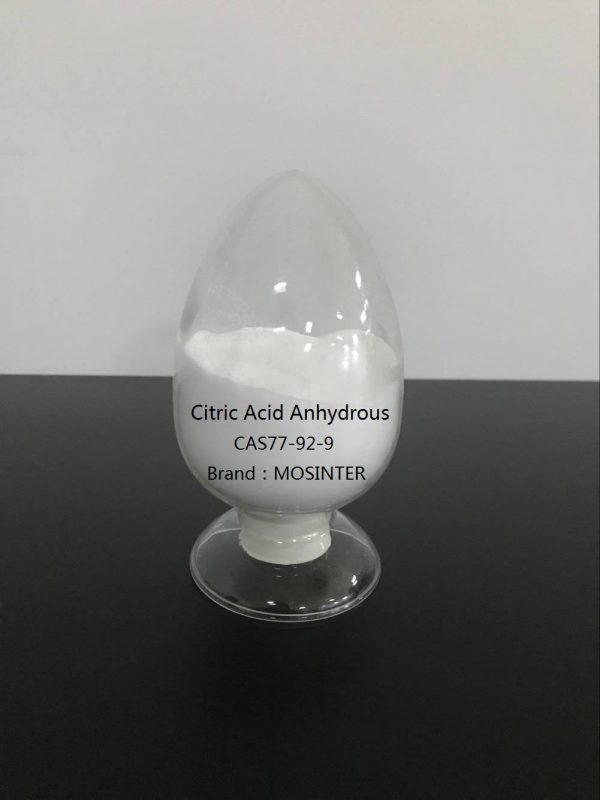
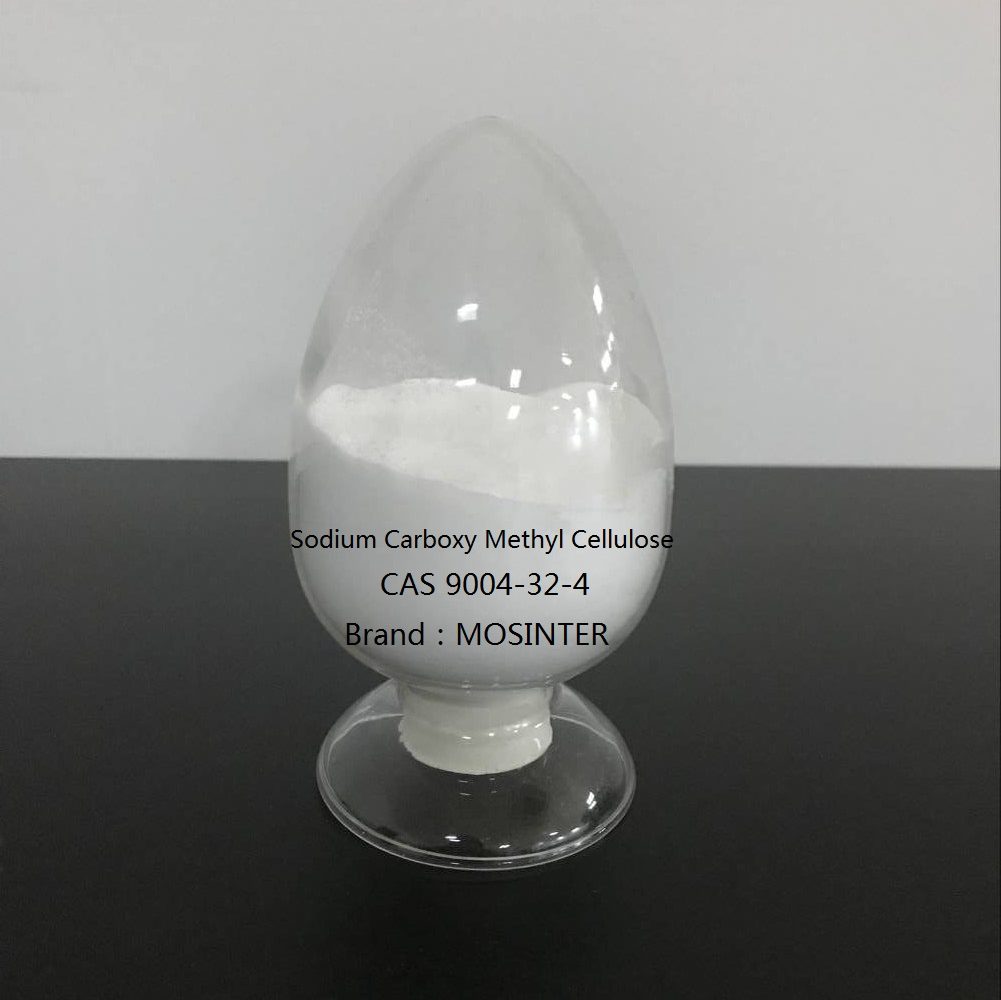
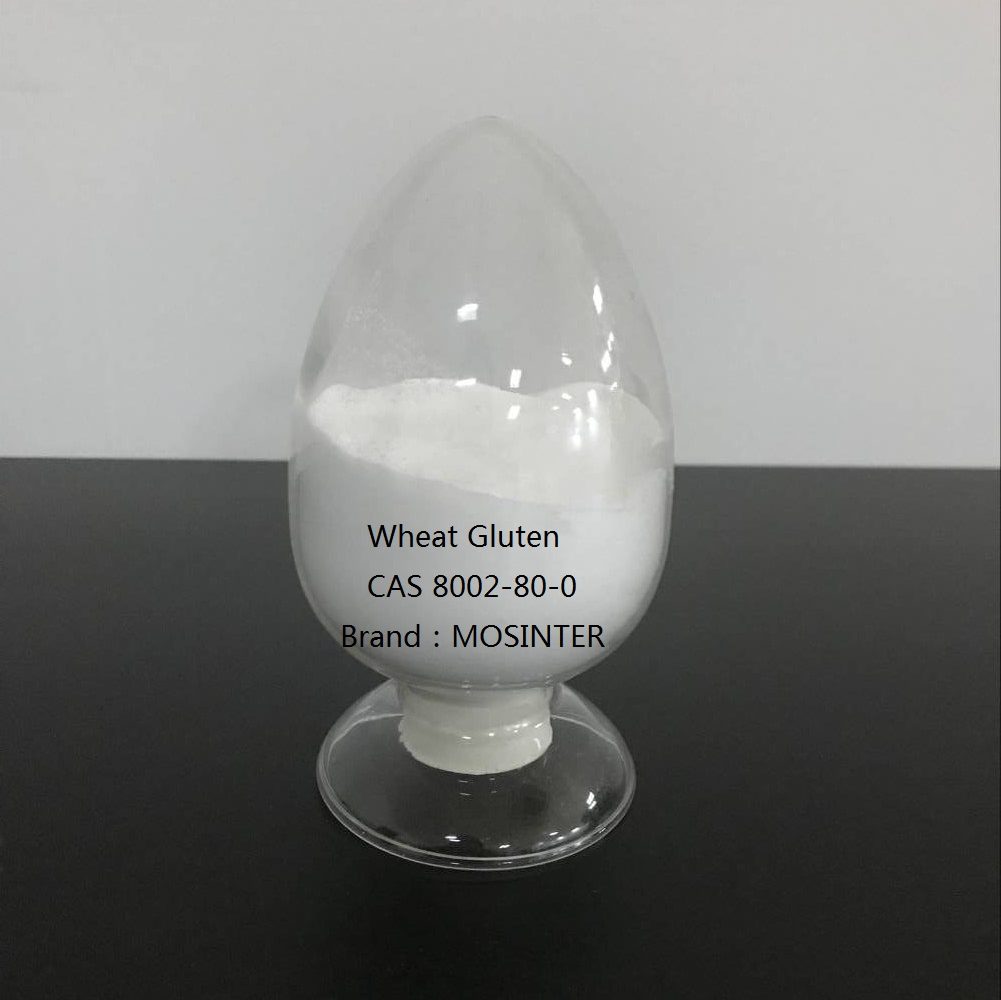
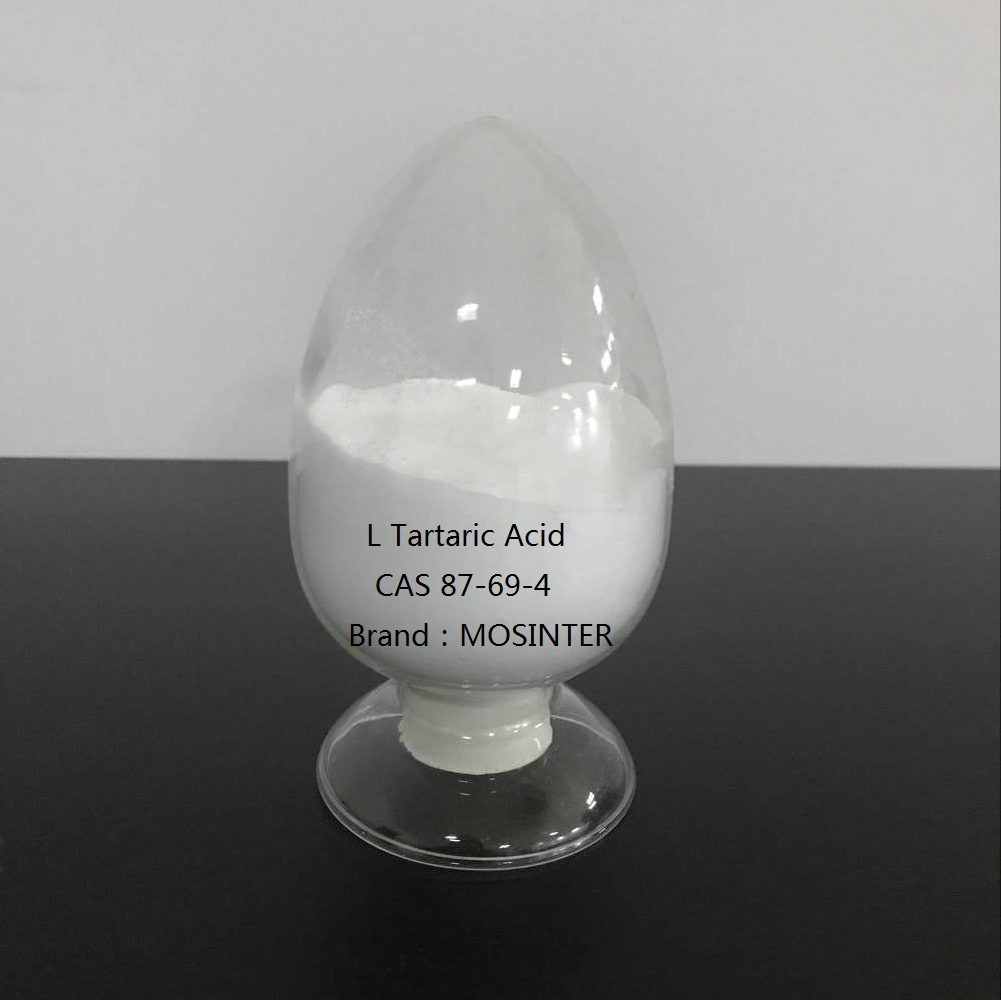
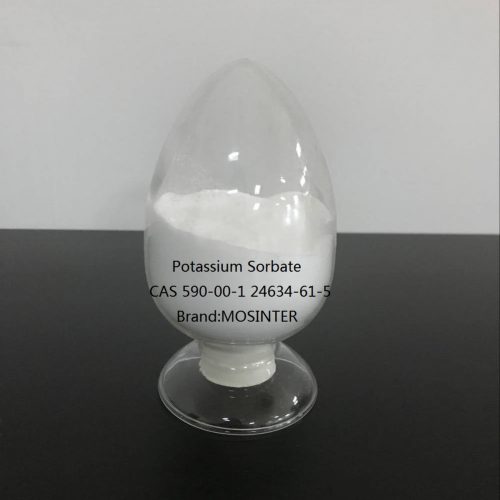
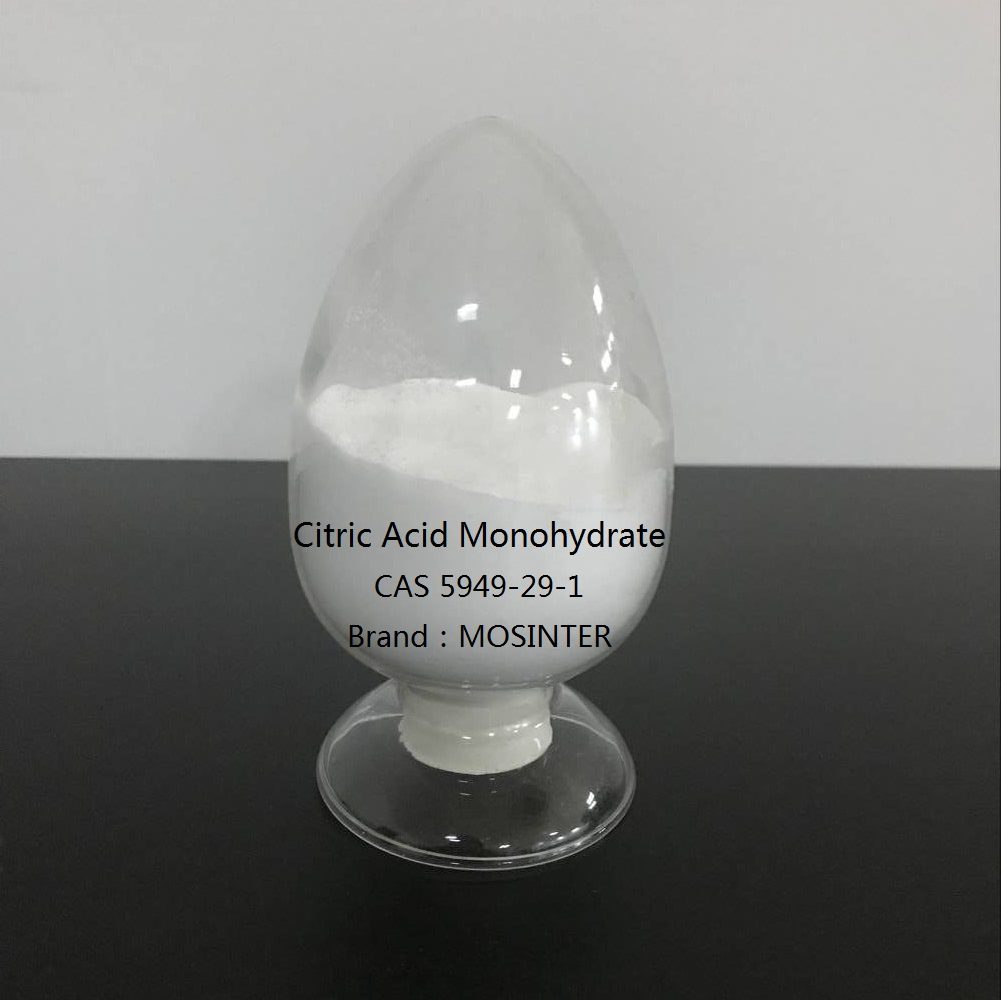
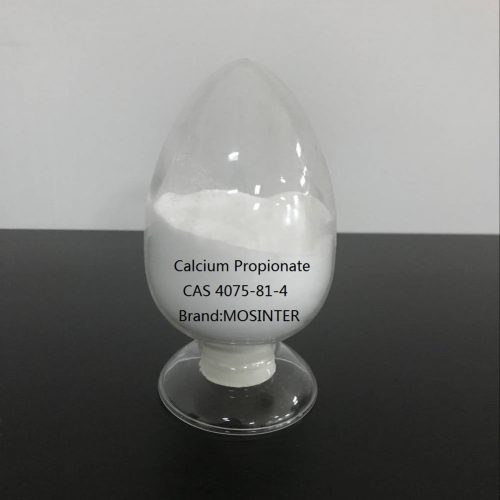
Reviews
There are no reviews yet.